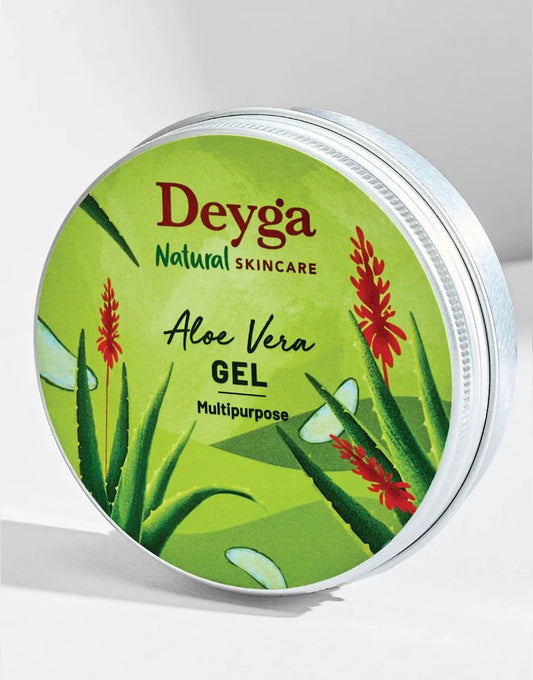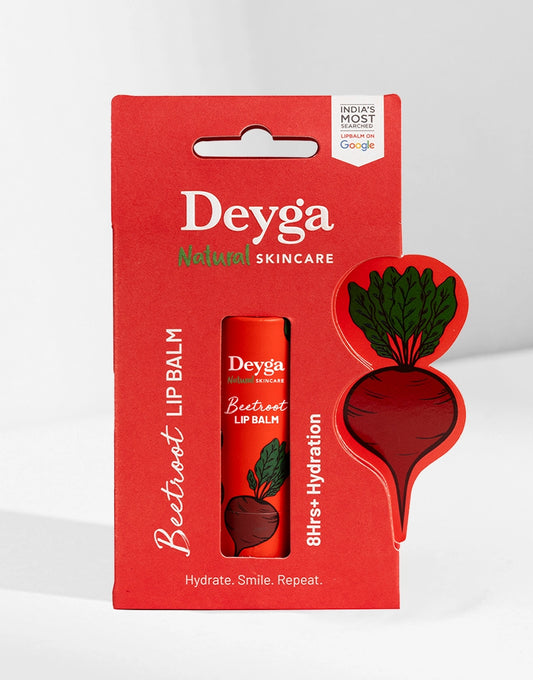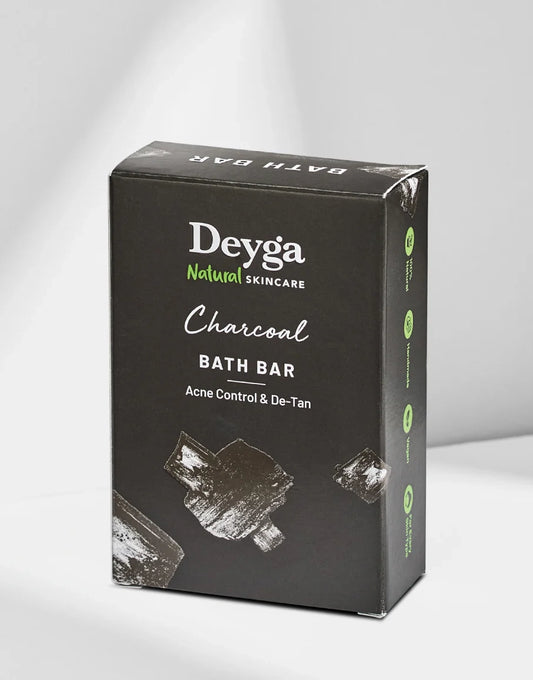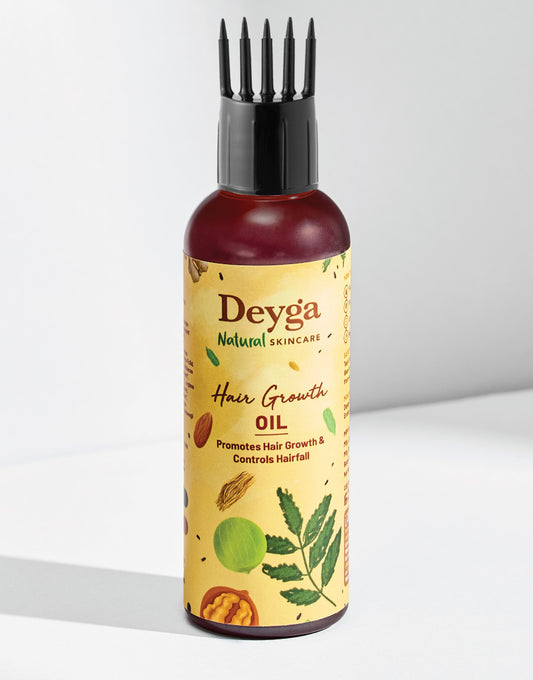When it comes to using sanitary pads, they are generally opted for safe menstrual bleeding along with hygiene. Pads are designed in a way where they absorb menstrual flow better without straining the underwear, clothes, and without any discomfort.
You will get better protection and comfort, especially when you are travelling or even during heavy flow days. When you are using sanitary pads, it is important to maintain hygiene too, since they help in preventing skin infections and allergies caused by moisture. In simple terms, pads are an essential part of routine especially during the menstrual cycle which we go through every month.
Why Do Girls Use Sanitary Pads?
It's because girls get periods. Periods are a part of women especially when they get the first menstrual cycle at any part of the age! When you get your period first, you are going to go ahead every month for the next 20 to 30years until your menopause. In that case, to be comfortable during the menstrual period, something called a sanitary pad was introduced.
They are beginner-friendly, comfortable, and are designed in a way where the blood discharge tends to be absorbed in something, which is called a “sanitary pad”. They are going to be with your underwear and not alone. So, there is nothing to be scared of. It's just a part of every girl's and woman's life for a period of time.
Pads vs Tampons vs Cups: When Do Pads Make the Most Sense?
When it comes to a certain product to use during the menstrual cycle, it completely depends on one’s comfort and lifestyle. Pads have been the saviour for most of us because:
-
No Insertion like tampons or cups
-
You can choose based on your flow. Small, Medium, or Heavy.
-
Can be changed and easily disposed of.
Even though you may feel tampons and cups are also comfortable, they are best for people into swimming. But if you are new to this period, then these products may seem to be a little complicated, pads are one of the best choices to go with!
Tampons and cups are equally valid choices; they can be great for sports or swimming and, in the case of cups, reduce waste and long-term costs. But if you’re just starting out or prefer non-insertion methods, pads are a straightforward, reliable pick.
How to Choose a Period Pad (Flow, Size, Wings, Materials)
Here is a simple guide to choose the right pad considering various aspects of your menstrual cycle:
1) Flow level
-
Light/Spotting: In this case, you can choose panty liners or small-size pads.
-
Moderate: Just go with regular pads for school or work.
-
Heavy Days / Overnight: Choose extra large pads with wings and longer back for better coverage.
2) Length & Shape
-
Day pads: Best for mobility.
-
Overnight pads: Looks longer and sometimes perfect to absorb the leaks!
3) With or without wings
-
With wings is the right choice, since they tend to cover all aspects of leaks and even have better absorption capacity.
4) Materials & fragrances
-
If you have sensitive skin, make sure to go with unscented, fragrance-free, and breathable topsheets.
5) Disposable vs reusable
-
Disposable pads: Convenient option and require no washing; Can be changed and disposed in a bin.
-
Reusable pads: Eco-friendly in nature and cost-effective; Must have water and washing facilities. Can be only used at home; Does not suit people who are travelling frequently!
Why choose a Deyga Sanitary Pad for your Cycle?
For people dealing with strains and even irritation or allergies, then choosing a pad which is skin-safe and free from chemicals or plastics is a best choice. In that case, Deyga's best sanitary pads are your saviour. Out of 12pads in the box, you can customize them based on Small, Heavy, and Medium sized pads.
Deyga sanitary pads are made of completely cotton material followed by a safe and skin-friendly top sheet, which frees you from allergies or irritation.
How Often to Change a Pad and How to Dispose of It ?
When it comes to comfort or hygiene, changing them every 3 to 4 hours is mandatory. When you have a heavy flowy day, you can change whenever you feel the pads are damp and wet. In terms of people who travel for longer or overnight, go with Extra Large Pads, which cover the edges and even absorb heavy leaks!
If you are changing at home or any other public places, make sure to fold & wrap them in outer paper or disposable covers. And throw them in a closed bin. Never flush your pads in the toilet, since they clog the toilet.
Sensitive Skin? Prevent Pad Rash with These Steps
Pad rash happens due ro many reasons like lack of moisture, skin friction, materials, and even fragrance or chemicals used in adhesives. For reducing the risk:
-
Go with non-fragrance pads. Avoid fragrance in any of your products to prevent irritation.
-
Change frequently every 3 to 4hrs.
-
Ensure to dry the area before replacing your pad or wearing your underwear.
Special Situations Where Pads Shine
-
First Period: Being a teen, the menstrual cycle may be exhausting. But using pads are simple and make it easy to tell when to change. Moms can have their “first period kit” with one or two pad sizes, an underwear to replace or wrap, followed by wipes will be a thumbs-up.
-
School & Exams: Pads are easy to carry and quick to change between classes. Choose regular pads with wings,since you will be active throughout the day.
-
Sports & travel: If you are into running or travelling days, going with large pads with wings and longer back works better.
-
Overnight: Pick overnight pads with XL or XXL, since they have longer back and wider sides for stress-free nights.
Conclusion:
Using sanitary pads or anything during the menstrual cycle will be traumatic at the early age or during the first period. And in that case, giving them a sanitary pad initially will be a safer option.
Ensure to follow the guidelines while using pads, and pick the right one based on your needs and level of comfort!
FAQ:
Are pads safe to use every period?
Yes. Pads are commonly used and are safe for everyone; One important thing to consider is the hygiene point; Ensure to change every 4–6 hours.
Can pads cause infections?
Pads don’t cause infections, but staying longer in a wet pad can irritate skin. Switch them regularly.
Which pad is best for heavy flow?
Look for long/extra-long and high-absorbency pads with wings; consider adding period underwear as backup on peak days.
What about sustainability and cost?
Reusable products (cups, reusable pads, period underwear) cut waste and save money long term; pads remain the most accessible in many places and are easy for beginners.
Do I need different pads for day and night?
Often yes—regular for daytime, overnight for sleeping to catch backflow.
 Track My Order
Track My Order












